Learning historical dates is quite difficult. And if a person has a bad memory, then this lesson becomes like torture. However, nothing is impossible in the world, especially in terms of education and training of memory. Various techniques developed by specialists can come to the rescue. Therefore, do not despair. Better read some interesting information that will help solve the problem.
Features
Memory for humans is one of the main systems that allows any of us to be a rational being. Without it, the development of our intellect and the organism as a whole is impossible. Thanks to memory, the brain can correctly perceive information and put it away for storage. This is a certain stock of knowledge that allows all people to move forward and develop.
Memory is characterized as a process that proceeds with the help of the central nervous system. It is designed for the perception of information, processing, retention, as well as for storage and reproduction of data received from outside.
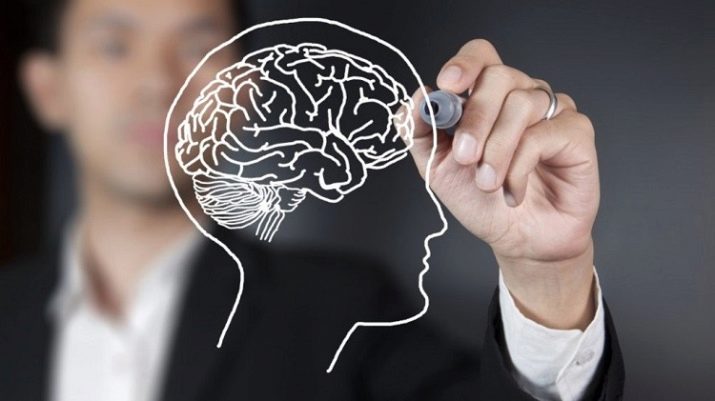
Memory has its own specific properties and capabilities. They are absolutely different for all people. Maybe for someone it is enough to read or hear any news, and it will immediately be fixed in his head. Other people need a very large amount of time to absorb any information.
You need to know that a person has short-term and long-term memory. In the short-term memory, the events that occurred here and now are not stored for long. Some moments a person will not be able to remember after 30 seconds. And it is right. This memory is a "nurse" of information. Using this process, all unnecessary data will be deleted, and only the most important and necessary will remain.
For example, if you are listening to a lecture, and at that time the sound of a passing motorcycle is also heard outside the window, then in the end you will remember only the lecturer's words. And that's why. At the time of training, your attention is set to mastering knowledge. Therefore, you will only learn a lesson. And the rest of the information received in the form of extraneous sounds will be safely eliminated by your brain due to uselessness.
And know that in long-term memory receives only that information to which a person has shown a certain interest. Here is another example. If a student specifically taught and learned a verse, then from a short-term memory this work will move to a long-term memory and will be stored there for a very long time.
No wonder some people remember school poems throughout their lives.

When problems arise, such as poor memory, the life of any individual is significantly impaired. Memory disorders in most cases are clinical manifestations. Although there is a simple explanation. If you do not train your memory for a long time and do not engage in intellectual work, then it can also get worse.
remember, that any individual is prone to forgetting past events if he did not take them for a long time from the depths of his consciousness. Therefore, it is necessary to use your knowledge from time to time so that your intellectual potential and memory are maintained at the proper level.
There are many reasons why memory problems can occur, and they differ from each other. First of all, problems arise due to addiction to addictions and due to various diseases. Also, sleep deprivation and stress can easily become such reasons. Serious memory disorders include dysmnesia - this is an immediate memory disorder (amnesia, hypnomesia, hypermnesia), and distortion of memories is paramnesia.
In most cases, a person simply needs to learn how to properly use their capabilities, to find rational approaches to the study and memorization of various scientific data. To do this, you need to turn to special techniques that allow not only quickly and for a long time to remember indescribable material, but also significantly develop memory. The information below will help anyone who wants to become much smarter and learn how to perceive and process the knowledge gained.

Definition of a causal relationship
It is precisely this method that will help you remember history dates quickly and easily. To use it, you need to apply past knowledge, namely to know all the historical events of such a period that you want to remember in all the subtleties.
Suppose you need to remember all the significant dates associated with N. Bonaparte. Learn the date Napoleon first entered the battle. Then calculate how much time has passed since the birth of Napoleon and how much time has passed since the beginning of his first battle. Then you will clearly imagine at what age N. Bonaparte began his military career. So you will remember not only the date of birth of this person, but it will also be easier for you to navigate in other dates related to his life.
The same method will help if you need to remember the dates of the reign of all the tsars of Russia who replaced each other. It will be easier if you learn the succession of each autocrat and then add to these dates the historical events that took place during a certain period of the rule of each individual reigning person.
After that, all these components are easily connected with each other using causal mechanisms.
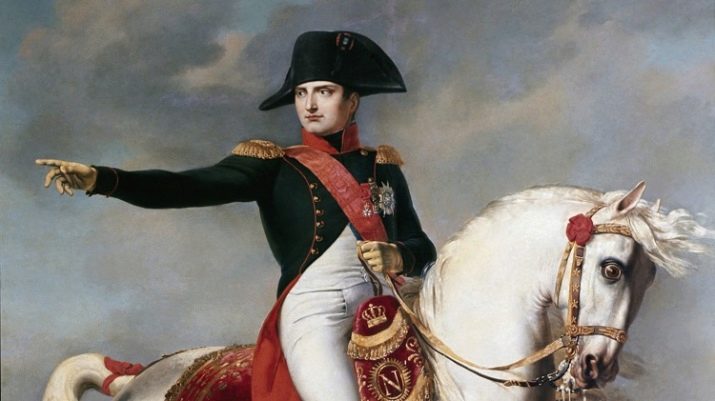
Now many students are preparing for the exam in history. They fall into panic, as dates are very hard to learn. By and large, they do not need to be taught. Let’s cite another example. To pass the exam for high scores, you just need to remember about 30 events. And the rest you just need to correlate with part of a certain era, and even better - with the ruling royal girl at that time.
To fix a sequence of events in your head, you need to remember all the details associated with causal relationships. It would be more correct to write a plan for each important event studied. Again, do all the recordings sequentially. Of course, you need to start from the very beginning - with the development of events in Ancient Russia and then bring the matter to the events that took place in the 20th century. Only in this way will the sequence appear, and the dates will settle in memory for a long time.
For example, you need to do so. If you are going to describe the Russo-Byzantine war (970–972), you must first determine the premises (relations between Byzantium and Russia). Then the reason is determined (Svyatoslav did not want to comply with the terms of the agreement with Byzantium). Another reason was the request of Byzantium to crush the uprising in Bulgaria. Next is the course of events (the suppression of the uprising in Bulgaria and the seizure of its lands). After this, the war began, and Svyatoslav was surrounded in 972 by Byzantine troops. This forced Svyatoslav to leave Bulgaria. The result of all the events was that Svyatoslav died, and the unification of Bulgaria and Russia became impossible.

Projection on the twentieth century
There is still such a technique that works 100%. In most cases, many modern people have, to one degree or another, witnessed events that happened in the 20th century. Some, younger people, were told about the episodes by their parents. It is not surprising if, when retelling, dad or mom relied on events that were happening at that moment in your family.
Specifically, in the 20th century there were: the revolution of 1917, two world wars, perestroika and the collapse of the USSR. Your grandfathers, grandmothers and parents witnessed those events. All of the above phenomena in one way or another influenced the development of each family. They will always be remembered. Therefore, it is easiest to attach significant historical dates to the dates of cases that occurred specifically in your family. For example, perestroika began in 1985, and your beloved uncle was born in the same year.
And you can associate the phenomena and dates that occurred in the XIX century, with the phenomena that occurred in the XX century. We give an example. The Great Patriotic War began in 1941. A century earlier, in the same year, M. Yu. Lermontov was killed in a duel.
Using this technique, very strong associations are created that contribute to the assimilation of a rather complex historical material.
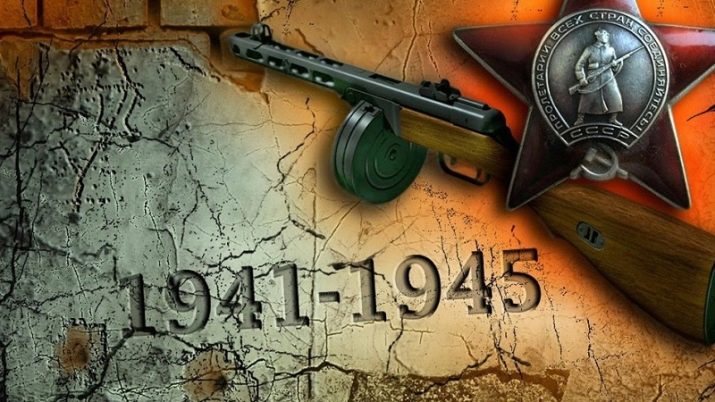
Simple methods of remembering
You can learn different techniques. They are multidirectional, and you just have to choose the method that suits you. We list and consider them in order.
Of associations
This is one of the main options. It provides a link between two or more objects or phenomena. To come up with an association is a brilliant solution. And remember that associations must be unconventional and incredible. You must create associations yourself. First you need to combine the first two words. Let's try to connect the words "apple" and "potato". Then we come up with the phrase: "It tastes like an apple like a potato."
If you want to remember a historical event and its date, then associate this event with the subject. A date that comes in numbers also lends itself to association. For example, the collapse of the USSR occurred in 1991. Imagine a person who was born exactly this year. Maybe it will be your close relative. This will happen the association of the date of a historical event and the date of birth of a particular person. And when your relative was born, you can hardly forget.
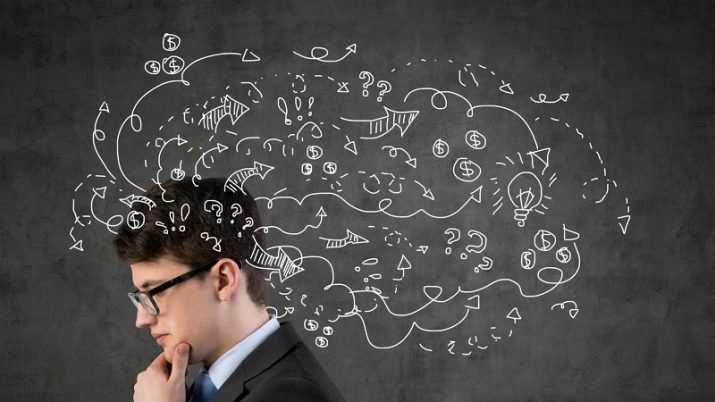
Systematization
To apply this method, it is necessary to build a historical chain. All dates and events must follow strictly one after another. First, the chain needs to be depicted on paper, and then learned. Dates must be precisely organized. So you remember them easily.
"The figure picture"
Anyone who likes to associate will easily use this method. Any figure can be compared with any subject. For example, if the date contains the number 5, then associate it with the palm; number 2 - with girlish braids; and number 40 with Uzbek pigtails. If you have a good imagination, then this method will help you a lot.
And don't come up with such associations in one day. Otherwise, you will get confused in the dates and in your ideas.
Alphabetic
It is very simple here. Associate each number with letters. For example, the number 3 is similar to the letter Z, and the number 0 is similar to the letter O. The eight is a bit like the letter B. Follow this pattern and you can even build your own set of encryption words. And when you decipher them, you will get historical dates.
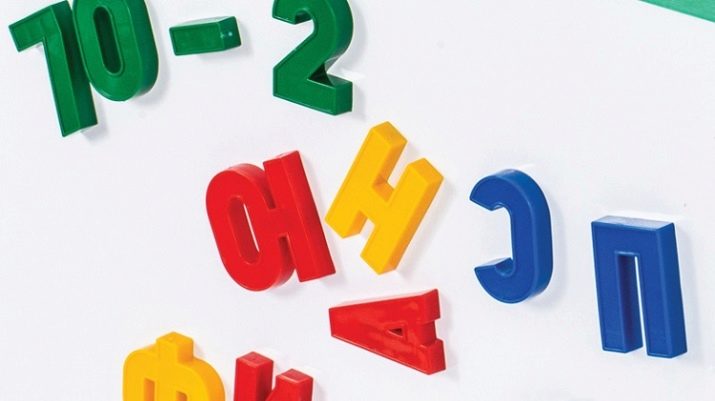
Background
Each person has memorable dates. So the background method assumes Association of historical dates with events that have occurred in your life or in the lives of people close to you. If any number cannot be adjusted to a specific image, then draw a parallel between it and the natural season.
Semantic
In this method you need to learn draw parallels with historical events and memorable dates. For example, the word “doll” is associated with the word “play”. Numbers can also be combined in meaning. The number 55 can be inverted to designate as 22. For example, in 1922 a communist pioneer organization was created, and 1955 is the date of birth of your beloved grandmother.
Analytical
It is presented immediately by two methods. The first provides a causal option. This is when the whole course of events is strictly distributed in memory, and here there is a complete awareness of everything that happens. The second involves dividing into blocks and tying these blocks to specific dates.












